Managing Collaboration in the PBL Classroom
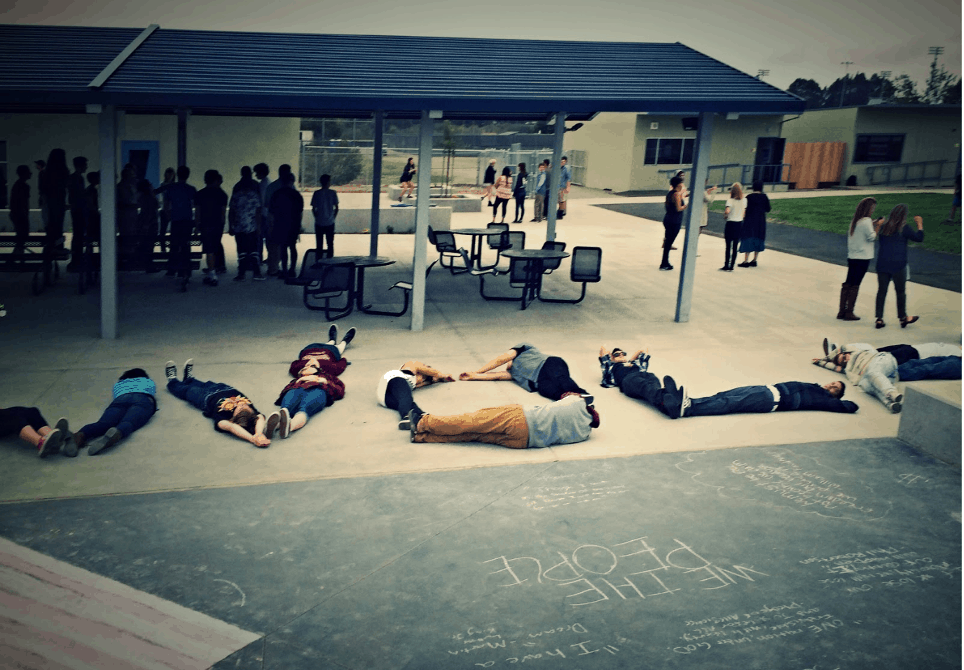
By Jennifer Isbell
Central Coast New Tech High School is part of the national New Tech Network, a group of 200 project-based schools in 29 states. Its goal is to effectively prepare students for the 21st century by focusing on engagement, relevancy and experience within standards based curriculum using a project-based learning method.
Collaboration. We know this word as a 21st century skill and something that is essential for facilitating deep, authentic experiences within project based learning. Undoubtedly, the ability to work in a team to create and produce is one of the most important traits desired by today’s world. As we create generations of students that need to be prepared for the unknown and rapidly advancing technology, teachers must discover ways to manage the collaborative process.
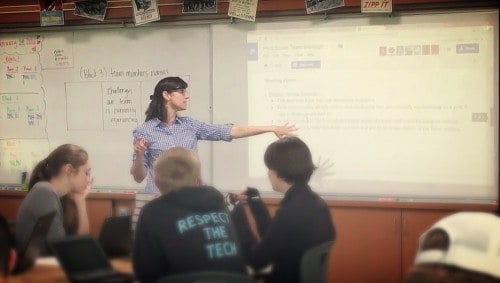 One of the first things we learn as practitioners of project based learning is the idea of the team contract to help facilitate effective collaboration and prevent problems from arising between team members. While team contracts are a fabulous start, we need to remember that they are simply that: a start.
One of the first things we learn as practitioners of project based learning is the idea of the team contract to help facilitate effective collaboration and prevent problems from arising between team members. While team contracts are a fabulous start, we need to remember that they are simply that: a start.
The real collaboration happens (or doesn’t happen) during the middle phases of the project when students are working to answer driving questions and create final products and presentations.
One way to reduce frustration and the breakdown of team dynamics is to take time to pause and reflect upon the project as a process for learning. Allowing ourselves as teacher designers to build in time to guide students towards the real world applications of the content will establish, through example, the importance of collaboration as a skill that with effort and practice can grow and develop.
As facilitators of deep learning on levels beyond just content, we must help our students learn to identify problems they are experiencing. Only after we do this can we begin to expect them to work through and create solutions to their own challenges. The same way we need to regularly revisit the classroom norms we set up to build the culture of our class in the beginning of the school year, we need to help students reflect on the norms they set up in their team contracts at the beginning of a project.
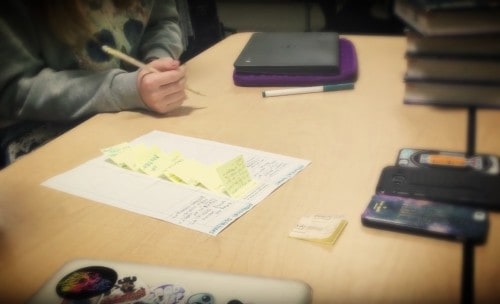
Allowing students to have space to create team norms at the beginning of each project is saying to them that they each matter. It helps students think about their own abilities when joining a team and can be a powerful way to help them build self confidence. One of the best ways to mindfully revisit norms set in the team contract and to manage the project process is through the use of protocols.
The most effective protocol I have found for facilitating collaboration in a deep learning environment is the Problem Solving Protocol by the recently launched CraftED Curriculum. After using project based learning for the past five years as my instructional strategy, I have personally discovered the importance of building in time for student teams to meet and reflect on the way they are collaborating and managing their tasks.
Just providing this time is not enough, but teaching students a structured way to communicate about the problems and challenges they are experiencing in the project is a step toward fostering true teamwork. This protocol draws on the strengths of each individual by allowing them to express concerns and then work together to identify what potentially caused the issue in the first place. The teams are asked to discuss and brainstorm potential solutions to these self-identified challenges. These solutions then turn from ideas into actionable next steps for students to follow.
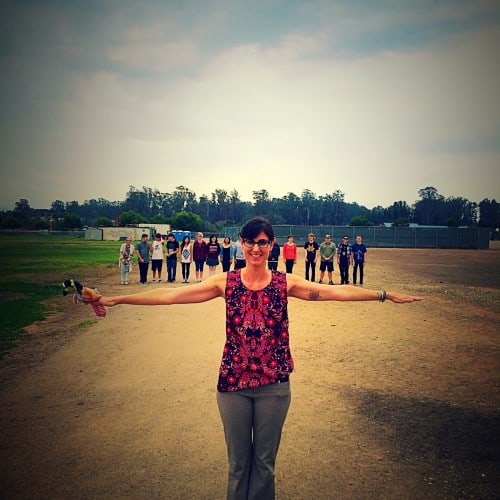 In well designed, authentic projects the process of learning how to learn begins to surface. To effectively teach collaboration, we must understand it and model it for our students.
In well designed, authentic projects the process of learning how to learn begins to surface. To effectively teach collaboration, we must understand it and model it for our students.
We as 21st century educators do not just teach content or skills in isolation, but as ingredients for humans to connect and create. Effective communication and true teamwork are key ingredients to living a happy, healthy, engaged life.
When we can truly accept and internalize that our actions as teachers and role models speak louder than our words, we can begin to tap into the power of protocols as tools for teaching the process of learning. Protocols help to empower students; they take the need for the teacher to control and manage and put it in the hands of our learners.
Let’s practice what we preach in project-based learning and model what it means to be an effective communicator and collaborator. We learn best when we do it! Let’s be amazing facilitators of collaboration by practicing it ourselves.
Please leave a comment below with your idea of what it will look like for you to really model effective communication and collaboration on your school campus.
For more, see:
- Reflect versus Critique in the PBL Classroom
- 5 Strategies for Fostering Independence in a PBL Classroom
- Going Public: The Power of Local, Community Partners in PBL
Jennifer Isbell is a Central Coast New Tech High School project-based learning facilitator & trainer. Follow her on Twitter: @PBLLAB.
Stay in-the-know with all things EdTech and innovations in learning by signing up to receive the weekly Smart Update. This post includes mentions of a Getting Smart partner. For a full list of partners, affiliate organizations and all other disclosures please see our Partner page.




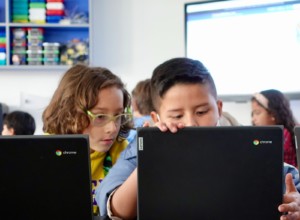
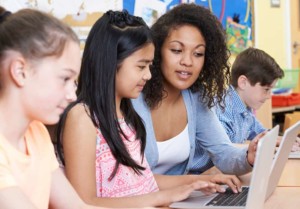
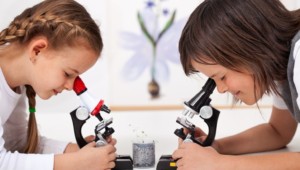
Averi
J. Isbell is the best!
Shakeh Haroutiounian
Thank you for introducing this idea of having protocols as a foundation for effective collaboration. Although I have a basic understanding of the team contract in PBL, the notion of having protocols is really helpful. I have been thinking about how I will model effective communication and collaboration at the school where I serve as the Curriculum and Instruction Specialist. I would definitely like to incorporate more technology to communicate and collaborate.
Sarah Turold
Fantastic article! It really resonated with me when you talked about teaching students how to learn. I am starting to understand how important it is to get away from teaching information to students. If teachers were to work towards teaching students how to learn and access information and teach themselves, retention of information would be through the roof.
I also liked the points about teaching students to collaborate and resolve conflict within their teams. When planning PBL, this is a component that I forget to include. After reading your article I realize what an important piece it is in the learning and PBL process. If a team starts to shut down due to conflict the project may or may not be complete but someone is for sure going to be missing out and not participating. Teachers need to remember (myself included) to build in time to regroup and discuss conflicts and teach our students how to come up with resolutions. This will teach them how to mature and collaborate as a team member, instead of shut down and give up.
Thank you for writing such an effective article!
JP Costello
I have not yet formally used PBL in my classroom, but I am ready to attempt it. One of the challenges of transitioning into the Common Core style of teaching is the fact that we need to rethink everything we've been doing. PBL seems like a logical method for achieving the goals of the new standards. The idea of groups checking in midway through the project to self-identify problems and solutions seems like a very effective way to keep a project from stalling while still keeping the project in the students' hands.
Thithien Nguyen
Awesome and every empowering. I also agree and believe in the concept of learning through "doing", which is unfortunately not a lot of what we are seeing these days in today's classroom. I think that we should trust our students more, by giving them more "choice" and autonomy so that they can begin to build confidence within themselves so that they can become more involved in school and understand that they all have the power to achieve. For me, I will always encourage student communication in class and not restrict them to what the teacher says, but to be apart of the conversation when the teacher speaks so that the student and teacher learn together.
Alexander Adorable
PBL is a new approach to instruction that I have not yet put into practice. I can start the dialogue at my school regarding the advantages of PBL learning in the Common Core era. Thank you for your many insights in this article and during our coursework.
ErinLeigh
Being new to PBL, my biggest concern is when you say, " As we create generations of students that need to be prepared for the unknown and rapidly advancing technology, teachers must discover ways to manage the collaborative process." I still have days that regular lesson plans totally combust and my disaster management skills have to kick in, so I really worry about it at the project level. This class, as well as this article, have helped to dispel some of my fears. Thanks!
Susana Serrato
Thank you, I found this article very insightful on the power of protocols as tools for teaching the process of learning.
Shawna Whitfield
I really connected with the notion that we as teachers should provide checkpoints for students to revisit their own group norms. I've done contracts in the beginning and reflections at the end, but a checkpoint (or two!) would give students an opportunity to fix any behaviors that detract from collaborative efforts. I will most definitely add in this structure...I guess I needed to see it spelled out for me! Thanks!
Maral Rostami
This was an awesome article. One of the best way to engage students and earn their trust is to practice what we preach. It is very important that educators to be active listeners and model that for their students in every step of the project. Effective collaboration doesn't happen over night. It requires planning and constant modifications. Establishing respectful norms for all parties ideas over time creates an environment that collaboration happens naturally. Thanks for the reminders!